I want to wirelessly communicate over low frequencies (<1kHz), and I noticed during some tests that 60Hz noise is showing up a bit at 180Hz (3rd harmonic), and also slightly at 300Hz (5th harmonic): (Ignore the stronger signal I was transmitting)
Why are only the odd harmonics of 60Hz noise visible?
Why are the harmonics of the signal I am transmitting not visible (e.g. 3rd harmonic of 125Hz signal is 375Hz)?
More generally, what frequencies should I assume to be occupied when transmitting in this low frequency range? I originally assumed 50/60Hz and all their harmonics (i.e. 100/120Hz, 150/180Hz, 200/240Hz, etc) should be avoided. Do I not have to worry about even harmonics? Are there other low frequencies commonly occupied in an in-home environment?
Edit Thanks for the answers. I just wanted to add that looking through a few papers on harmonic noise from appliances, it seems a foregone conclusion that only odd harmonics are significant. Here is a diagram showing some slight even harmonics (source):


